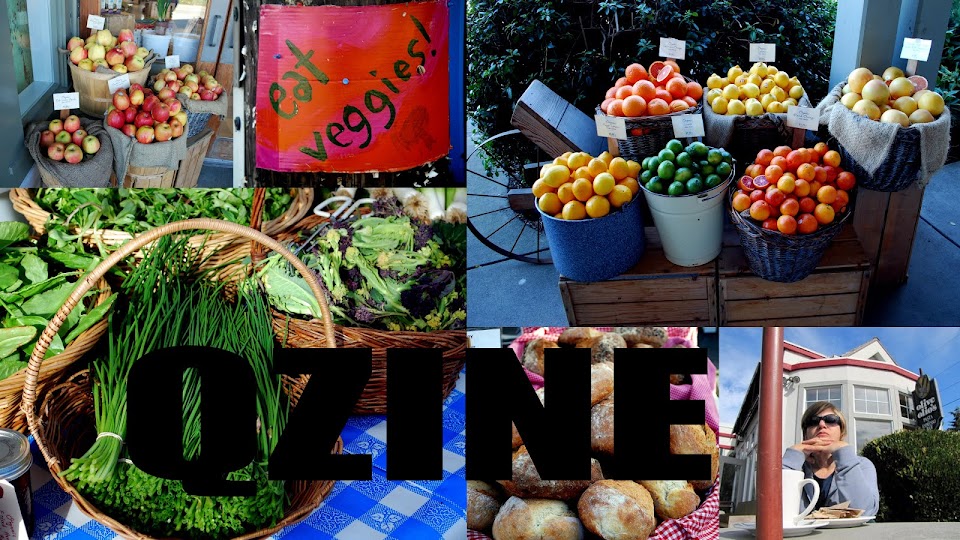A couple of times this spring I've been helping out at the
Rainbow Kitchen, a local church hall where lunches are prepared and served. The volunteers sit down and eat with the people who have lined up to have a good, hot meal for a modest donation or for free. Helping here is a good chance to put to use the food preparation skills I picked up over the years, cooking at home and working in a couple of restaurants.

One of the big issues at the Rainbow Kitchen is cleanliness around food, of course. The people volunteering in the kitchen understand very well about clean food. And it helps that most of the volunteers took the
Food Safety course this winter and now have their certificates. Cleanliness around food is part of the practical application of science in daily life.
There are other ways to volunteer at the Rainbow Kitchen besides helping to cook food or wash dishes. One of the volunteers, Fred, was up on a ladder outside, cleaning the gutters. He was glad to have the strength to do such work! He was also proud of being able to do dirty work. Fred said that he could handle bad smells because he used to work on a fishing boat. "I used to kill 700 or 800 fish a day, and clean them. Me and the other deckhands would go ten days without changing our pants," he said. By the time the hold was full of frozen fish, their clothes were stiff with blood and fish slime. "When we got to shore, people would turn and stare at us. I guess they could still smell us," he told me, "even after we showered and changed our clothes."
What Fred said made something understandable for me. Being clean, especially around food, is something we learn about with the practical application of science and experience. It's not just "book learning!"
The scientific method isn't just a skill to use in a lab, measuring the exact amount of germs and filth on a person's skin or hair or clothing. Formal experiments can test a theory and prove that germs and dirty things make people sick. But less formal experiments can also be done, so that people learn at home and can be taught in practical courses like the
Food Safety program. Using scientific knowledge in our ordinary lives is how people learn practical ways to keep our food clean, and to wash to be clean. This practical learning sure helped Fred realize that one quick shower wasn't enough to make him clean after ten days on a fishing boat!

